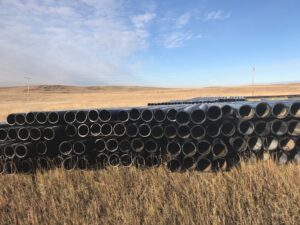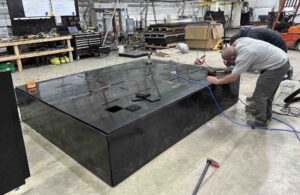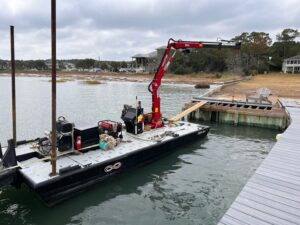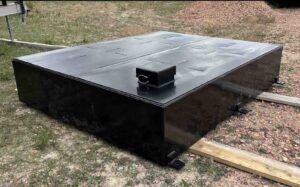High-Density Polyethylene (HDPE) is a thermoplastic polymer derived from ethylene. Known for its high strength-to-density ratio, HDPE is lightweight, flexible, and corrosion-resistant used in various applications including piping, plastic boats and plastic water tanks as well as many household items. This short guide gives you a reference point to some of the common HDPE pipe terminology you might hear when talking to an expert.
HDPE Pipe Terminology
HDPE: High-Density Polyethylene (HDPE) is a thermoplastic polymer derived from ethylene. Known for its high strength-to-density ratio, HDPE is flexible, lightweight, corrosion-resistant, and used in various applications including piping, geomembranes, and plastic bottles.
IPS and DIPS:
Iron Pipe Size (IPS) refers to the nominal diameter of pipes ranging from ¾” to 65”.
Ductile Iron Pipe Size (DIPS) is used for specifying the size of ductile iron pipes, available from 4” to 36” diameters.
CTS (Copper Tube Size): Specific to plumbing, with the outer diameter always 1/8 inch larger than the nominal size. HDPE pipes following CTS standards serve as replacements for traditional copper lines.
Bend Radius: The minimum radius a pipe can be bent without kinking or damage. HDPE offers a smaller bend radius compared to other piping materials, enhancing its flexibility.
Dimension Ratio (DR) and Standard Dimension Ratio (SDR):
DR: Ratio of the pipe’s outer diameter to its wall thickness.
SDR: Standardized series of DRs ensuring consistent pressure ratings across different diameters.
Carbon Black (CB): Additives improving UV resistance and reducing moisture absorption in HDPE pipes.
Coefficient of Friction: Measures the friction between two surfaces. Lower coefficients indicate less friction and wear on the pipes.
Surge Pressure: Defined by AWWA C901, surge pressure includes recurring (1.5 times pressure rating) and occasional surges (2.0 times pressure rating).
Temperature Derating: Adjusting pressure ratings based on temperature changes as HDPE’s strength decreases with rising temperatures.
FM Approved: Indicates rigorous testing and certification.
UL Rating: Ensures product safety through standards set by Underwriters Laboratories.
Seismic Loading: Refers to the application of seismic oscillations to structures. HDPE pipes must withstand seismic loads from soil wave propagation and seismic anchor motion of buildings.







